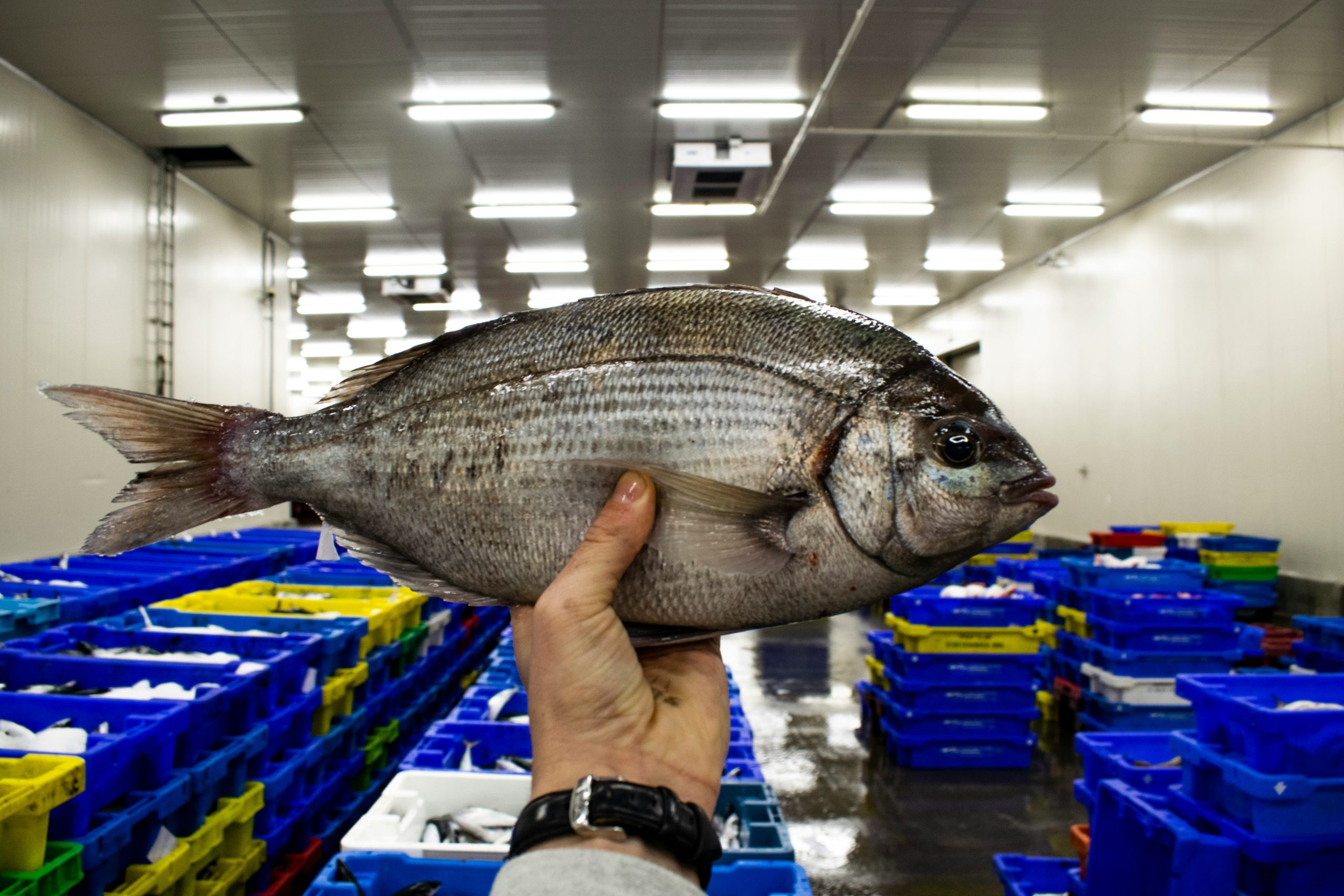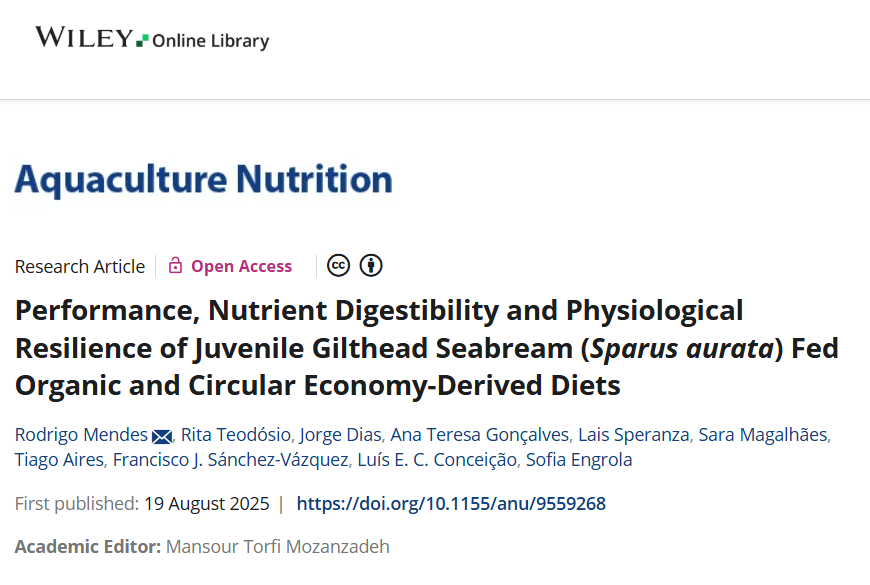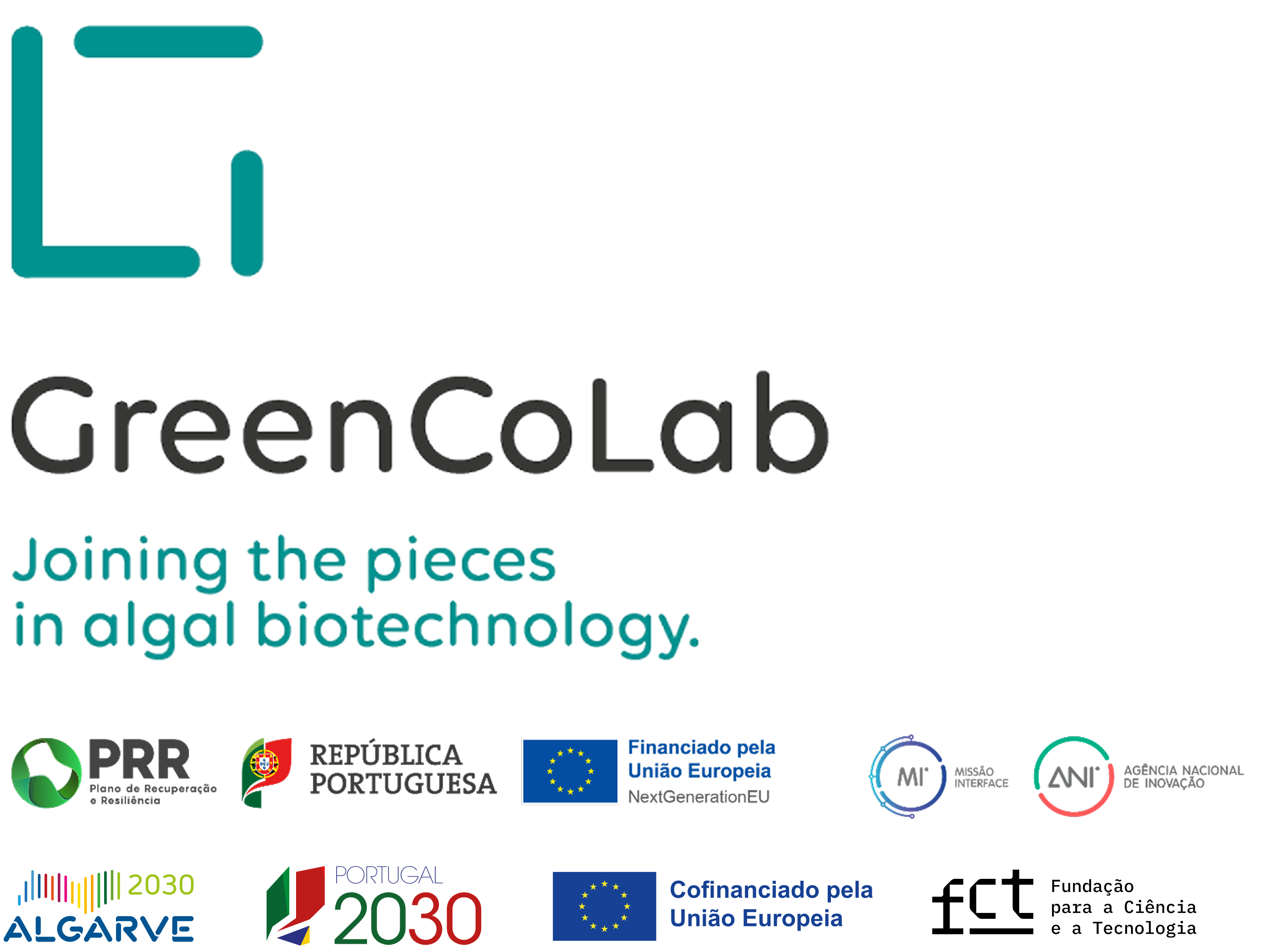

TITLE
Performance, Nutrient Digestibility and Physiological Resilience of Juvenile Gilthead Seabream (Sparus aurata) Fed Organic and Circular Economy-Derived Diets
JOURNAL
Aquaculture Nutrition
AUTHORS
Rodrigo Mendes, Rita Teodósio, Jorge Dias, Ana Teresa Gonçalves, Lais Speranza, Sara Magalhães, Tiago Aires, Francisco J. Sánchez-Vázquez, Luís E. C. Conceição, Sofia Engrola
ABSTRACT
Aquafeeds formulated with organic or circular economy-derived ingredients aim to enhance sustainability and consumer acceptance. This study evaluated the global warming potential (GWP) and digestibility of such feeds, and assessed their effects on performance, feed utilisation and physiological resilience, defined as the ability to maintain tissue function and integrity under different feeding conditions of juvenile gilthead seabream (Sparus aurata) during grow out and after an overcrowding stress challenge. Three isonitrogenous (~51% crude protein) and isoenergetic (~18% crude fat) diets with limited fishmeal were formulated: a control (CTRL) commercial-like feed; an organic (ORG) diet based on organic-certified ingredients rich in plant proteins (primarily pea protein concentrate and wheat gluten); an eco-efficient (ECO) diet mainly composed of circular economy-derived animal by-products (e.g., poultry meal and feathermeal hydrolysate). The GWP was estimated using a life cycle assessment. Juvenile seabream (~14 g) were stocked in triplicate 500 L tanks (90 fish per tank, initial density of 2.5 kg/m3) and fed three times daily following feeding tables generated by FiT Feeding Tables, to optimise ration and minimise waste, over a 65-day growth period (final density of 8 kg/m3) and a subsequent 14-day overcrowding challenge (initial density of 12.4 kg/m3). At the end of the growth period, all groups exhibited at least a threefold increase in body weight. Feed digestibility was high (apparent digestibility coefficients (ADCs) > 60%) and utilisation efficient. Physiological resilience was supported by stable growth and relative expression of biomarkers for gut health, oxidative status and immune function. Although ORG and ECO diets showed a higher GWP, this impact may decrease with increased use of renewable energy in ingredient production. The ORG diet also improved fish phosphorus retention. These organic and circular economy-derived feeds present viable options to reduce aquaculture’s environmental footprint while maintaining fish performance and resilience.



